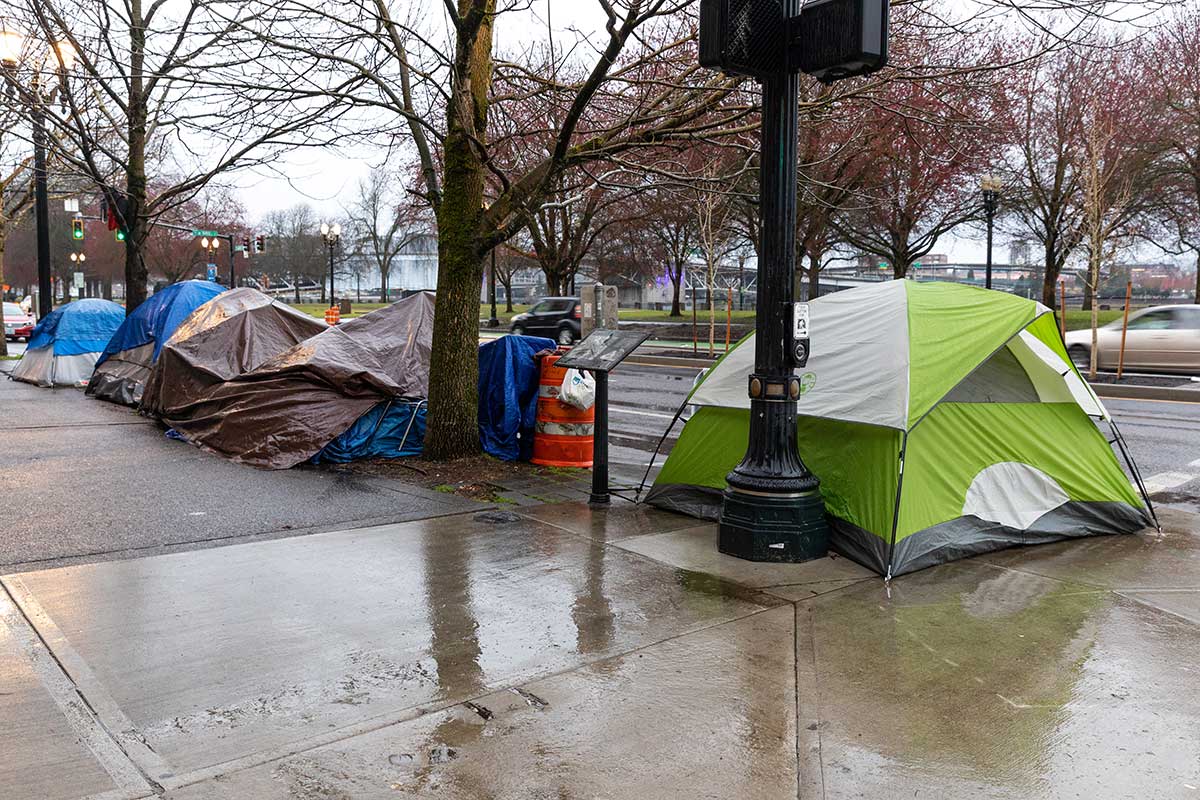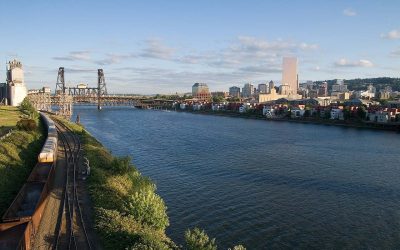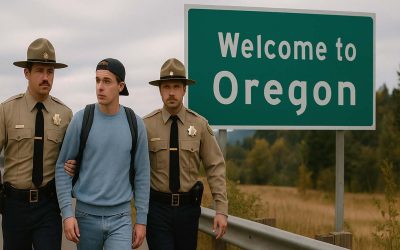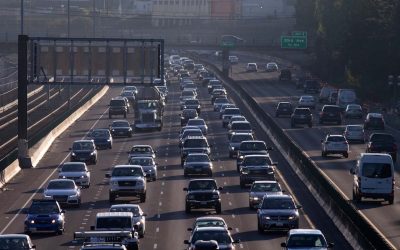Back in 2024, the city of Grants Pass, Oregon drew national attention by being the focus of a Supreme Court case examining whether local governments violate the Eighth Amendment by enforcing public camping bans against homeless people. The Court ultimately ruled that enforcing camping bans does not constitute cruel and unusual punishment. Since that decision, cities across the country have moved to adopt or expand camping bans on public property. One of the latest Pacific Northwest cities to do so is Camas, Washington, where the newly approved ordinance has sparked fresh debate over the impact these policies have on people experiencing homelessness.
What Exactly Is This New Ordinance That Bans Sleeping In Public Places In Camas, Washington?
Before the 2024 Supreme Court Case of Johnson v. Grants Pass, Camas, Washington already had an ordinance that banned camping within close proximity to parks, lakes, rivers, and other public spaces. But police could not remove people camping or sleeping in those spaces if there was no shelter space available for them. In August of this year, Camas expanded that camping ban to include alleys, public sidewalks, and any other public space not previously covered, and they are no longer required to verify that there is space at a shelter before removing people camping, living, or sleeping on public land. You can read the full ordinance text here.
Why Camas Wants To Keep People From Sleeping In Public Spaces
The new ordinance specifically addresses why it's important to keep people from camping in public spaces: "Whereas public property is intended to be used by the public for public purposes, including daily City operations, park recreational use, pedestrian, bicycle and vehicular transportation and other public uses... [and] camping without adequate sanitation services, such as sewer, water, and garbage, presents a public health and safety concern; and... it is important to maintain public property consistent with its intended use." Negative impacts on city waterways and sensitive lands, as well as heightened fire risk in wildfire areas are also areas of concern addressed by the new ordinance.
It seems reasonable that to avoid fire and sanitation hazards, and to keep public spaces open, safe and being used for their intended purpose (such as keeping sidewalks clear for pedestrians to walk on), that storing personal items, sleeping and camping in these spaces should be prohibited.
Why Ordinances Banning Sleeping In Public Spaces Raise Concerns
A survey in January of this year found that in Clark County there were 742 people experiencing homelessness without shelter. That same survey showed an additional 560 homeless people in emergency shelter and 228 homeless people in transitional shelter. Of the unsheltered homeless population in Clark County in January 2025, 119 of those were youths under the age of 18. Why are these numbers important? Not all of these people are in Camas, but Clark County as a whole has a large number of unhoused individuals, and not enough shelter, (emergency or transitional) to house them. Furthermore, the survey found that the number of homeless individuals, sheltered and unsheltered went up from the year before.
That's a lot of people that are potentially sleeping each night in public spaces, be it parks, under bridges, on sidewalks, or in their cars in parking lots and on the side of the road, (all spaces which people are now banned from sleeping on in Camas, even in their vehicles).
Do you love Oregon?
Sign up for monthly emails full of local travel inspiration and fun trip ideas. In each newsletter we'll share upcoming events, new things to do, hot dining spots and great travel ideas.
Sesany Fennie-Jones, the Chief Executive Officer of the Council For The Homeless attributes the high (and growing) homeless rate in Clark County to lack of low and limited income housing and said, "There is an increased need for supportive services to help people stabilize and maintain their housing."
Camas Chief of Police Tina Jones stated that her officers will still be trying to get people experiencing homelessness connected with resources to help them. But with a limited number of shelter beds that are already full and unavailable, there will be nowhere for people removed from public property to go, aside from perhaps to move on to the next city, or out of city limits and into the country. Recently however, as seen in Oregon, many homeless encampments outside of city limits have been removed from forest land and other remote areas.
Some might ask whether homelessness is simply the result of personal choices and can therefore be fixed by personal choices. In reality, people become homeless for a variety of reasons, including medical debt after serious illness, the loss of employment, rising housing costs, domestic violence, or difficulty securing rentals that accept government housing assistance.
So What's The Answer To These Issues?
Cities across the U.S. have been grappling with this question for a long time. Public spaces are intended to remain clean, sanitary, and open for community use, while at the same time the country faces a homelessness crisis. The shortage of permanent and emergency shelters leaves many without housing options, and some government programs designed to assist vulnerable populations do not always work as intended, leading to temporary or long-term homelessness.
The question of how to balance public safety with human need remains unresolved. As 2025 nears its end, many cities in the Pacific Northwest and across the country are continuing to expand or enforce laws that prohibit sleeping in cars or other public spaces without permission. This has led to repeated cycles of displacement, with people experiencing homelessness often moved from city centers to outlying areas, only to be asked to leave those areas as well.













